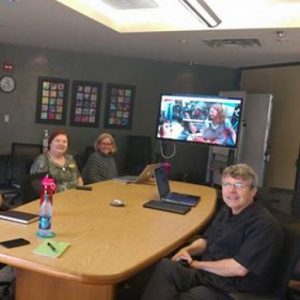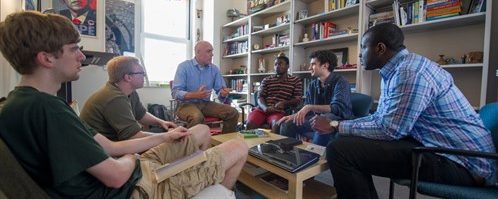The inspiration for this network came from Natalie Underberg-Goode’s participation in a recent Society for Applied Anthropology double session on participatory visual and digital research organized by Krista Harper and Aline Gubrium. Appreciating the opportunity to swap stories with colleagues and learn more about others’ approaches and experience, Natalie Underberg-Goode sought a way to create a sense of community and helpful interaction among the people in this group. At our meetings, we use a combination of the “core story” approach used in Aline Gubrium and Krista Harper’s volume Participatory Visual and Digital Methods (2013) and the points for reflection structure included at the end of each chapter in Christine Hine’s recent book Ethnography for the Internet (2015).
In the “core story,” people reflect on what they did, what worked, what did not, and what issues were raised in the practice of a particular methodology. In the “points for reflection,” you’d include questions and points for audiences to consider as they reflect on your core story.
For example, one might reflect on the use of PhotoVoice methodology in a particular project, first briefly explaining it, pointing out a few resources for those who want to learn more, and discussing successes, challenges, lessons learned, and issues raised. I’m imagining this being a rather short presentation (maybe 20 minutes?), followed by posing several points for reflection (for maybe 15-20 minutes in small groups, followed by a summary discussion). In Hine’s book, to give an example of this format, she discussed in one chapter her research on the Freecycle online community dedicated to help find new owners for unwanted goods. At the end of the chapter she posed this question (among others): “What should an ethnographer who takes on the role of moderator for the list she is studying be worried about? What are the ethnographer’s responsibilities?” The proposed “points for reflection” structure is designed to give everyone the opportunity to reflect on how one’s own perspective (disciplinary, personal experience, etc.) would affect one’s approach to the issue, and to consider what kind of “take away” one could have from thinking through another’s “core story” to bring back to one’s own research and practice.
Here’s the PRDN group at a recent meeting, when Film professor Lisa Mills shared her experiences with community-based documentary film work:

